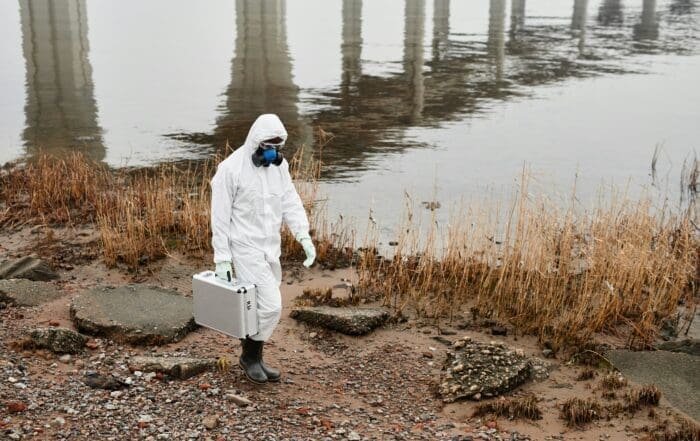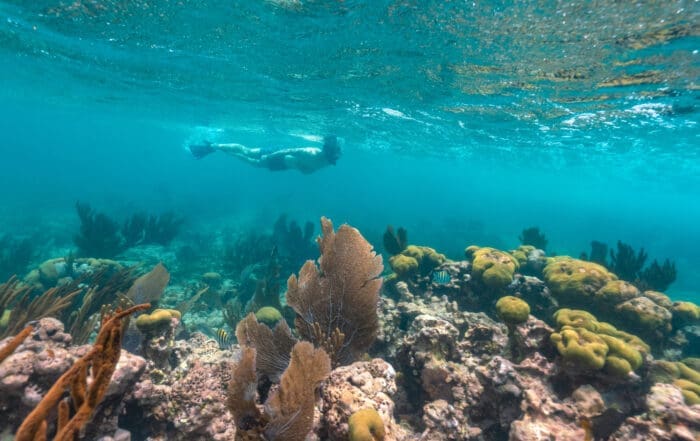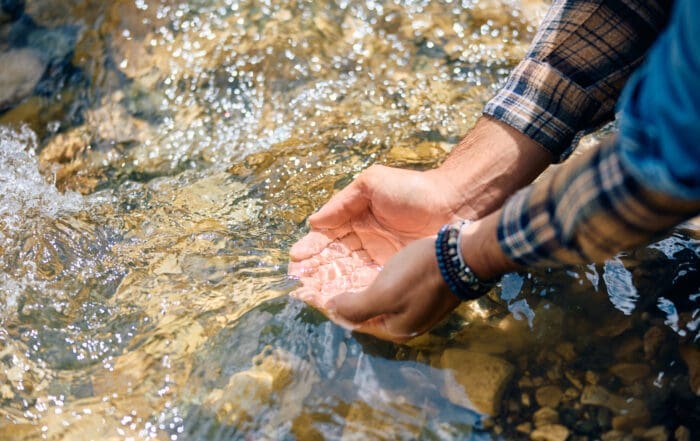
Addressing Water Pollution Challenges Facing Tribal Nations
Water pollution is a serious issue facing many communities today, particularly tribal nations in Oklahoma. For many tribes, the contamination of their water sources has become a major challenge in recent years, posing a serious threat to the health and well-being of their communities. As a result, there has been a growing need for effective strategies and solutions to address this issue and safeguard the water resources that are essential to the life and culture of tribal nations.
Artesian Bottleless Water is proud to support these communities, offering an effective drinking water solution in our bottleless water coolers. However, this doesn’t prevent the already-existing challenges facing tribal nations in Oklahoma concerning water pollution. So, we’re doing what we can and shedding some light on the sources and impacts of pollution on tribal communities and discussing some of the key strategies and initiatives that can be implemented to address this critical issue.
The Struggle for Clean Water Access among Tribal Nations
Several factors have contributed to the persistent struggle for clean water access among tribal nations. One primary reason is the geopolitical location of many tribal reserves. They are often situated in remote or rural areas where access to infrastructure and resources is challenging. This geographical isolation makes it difficult to implement and maintain conventional water treatment systems.
In addition, historical treaties and agreements have often neglected to prioritize or even address the issue of water rights for tribal nations. This lack of legal clarity can create complications when tribes seek to access and manage their water resources. In many cases, these agreements have led to tribal water sources being exploited or contaminated by industrial or agricultural activities happening outside of the reservations.
Another major challenge is that many tribal nations lack the financial resources to initiate and sustain water infrastructure projects. Federal aid and support have been inconsistent and are often insufficient to cover the full cost of these crucial projects. So, despite their sovereign status, many tribes have to rely on external aid to fund their water management systems.
Sources of Water Pollution on Tribal Lands
While the causes of water pollution on tribal lands can be complex and multifaceted, they often share common sources. Industries and agricultural activities, especially those conducted near tribal territories, are major contributors to the pollution of tribal water sources.
Industrial operations, such as mining and manufacturing, often produce harmful waste materials. Despite laws and regulations, these wastes sometimes find their way into nearby water bodies, contaminating them with harmful chemicals, heavy metals, and other pollutants. Some industrial operations use large quantities of water in their processes, and the water they discharge back into the environment can carry pollutants, which then seep into groundwater or run off into rivers and lakes.

Agriculture also poses a significant threat to clean water on tribal lands. Runoff from agricultural fields often contains high levels of fertilizers and pesticides, which can be harmful to both human health and aquatic ecosystems. Additionally, the improper disposal of animal waste from livestock farming can introduce dangerous bacteria and nitrates into water bodies.
Furthermore, inadequate waste management practices can lead to the contamination of water sources. For instance, landfills and dumping sites, particularly those improperly managed, can leach hazardous substances into groundwater or nearby surface water bodies.
Understanding these sources of pollution is critical in strategizing interventions and solutions.
It’s clear that addressing water pollution on tribal lands requires not only local efforts but also the broader cooperation of industries and regulatory bodies.
Impacts of Water Pollution on Tribal Communities
Water pollution poses numerous detrimental impacts on tribal communities. Health implications are at the forefront, with contaminated water sources often harboring dangerous substances that can lead to a range of diseases and health conditions. Exposure to pollutants such as heavy metals, nitrates, and harmful bacteria can cause acute illnesses like gastrointestinal diseases and chronic conditions including kidney diseases and cancers.
The contamination of water resources also threatens the cultural practices and livelihoods of many tribal communities. Water plays a significant role in many traditional ceremonies and spiritual practices, and pollution threatens the sanctity and continuation of these important cultural rites. Similarly, many tribal nations rely on fishing and agriculture for their livelihoods. However, when water bodies are polluted, fish populations can dwindle due to toxicity, and agricultural productivity can decrease because of contaminated irrigation water.
Furthermore, water pollution exacerbates existing social inequalities. As tribal communities often have limited access to alternative water sources, pollution increases their vulnerability and can deepen poverty levels. Limited access to clean water can also lead to disproportionate educational outcomes, as time that could have been spent on education is instead consumed by the search for and transport of clean water.
Overall, the impacts of water pollution extend beyond the physical and environmental; they permeate the socioeconomic fabric of tribal communities, affecting health, culture, and socioeconomic well-being. Addressing this issue is, therefore, a matter of urgency, demanding an inclusive, multi-faceted approach that respects tribal sovereignty and cultural practices.
Addressing Water Pollution Requires Collaboration
Addressing water pollution in tribal nations requires collaboration and partnership from a range of individuals, institutions, governments, and organizations. Collaborative efforts between tribal nations, government agencies, nonprofit organizations, industry partners, and local communities can lead to the development and implementation of effective strategies that promote clean and safe water for all.
Some examples of successful partnerships and initiatives include the Clean Water Act, which has been instrumental in regulating point source pollution from factories and wastewater treatment plants. In addition, numerous nonprofit organizations work closely with tribal communities to provide technical assistance and resources for water management projects. Private companies have also partnered with tribes to implement sustainable development practices that minimize environmental impacts.
Additionally, tribal governments are taking proactive steps to protect their water resources and address pollution issues. Many tribes have established environmental departments or natural resource management programs that work to monitor and improve the quality of tribal water sources.

These efforts not only promote clean water but also strengthen tribal sovereignty by allowing for self-determination and control over tribal lands.
Clean Water is a Human Right
Access to clean drinking water is a human right, and Artesian Bottleless Water understands that importance. Which is why we offer the best drinking water solution in our bottleless water coolers. Our systems go beyond the traditional water cooler, housing the best filtration and purification system on the market. The result? Pure, clean, refreshing drinking water that’s free of any impurities currently plaguing tribal communities.
While we recognize that there’s more that needs to be done, we also take comfort in knowing that wherever our coolers are located, people have access to a steady flow of clean, pure drinking water.
To learn more or to start a free 7-day trial, contact Artesian today!



